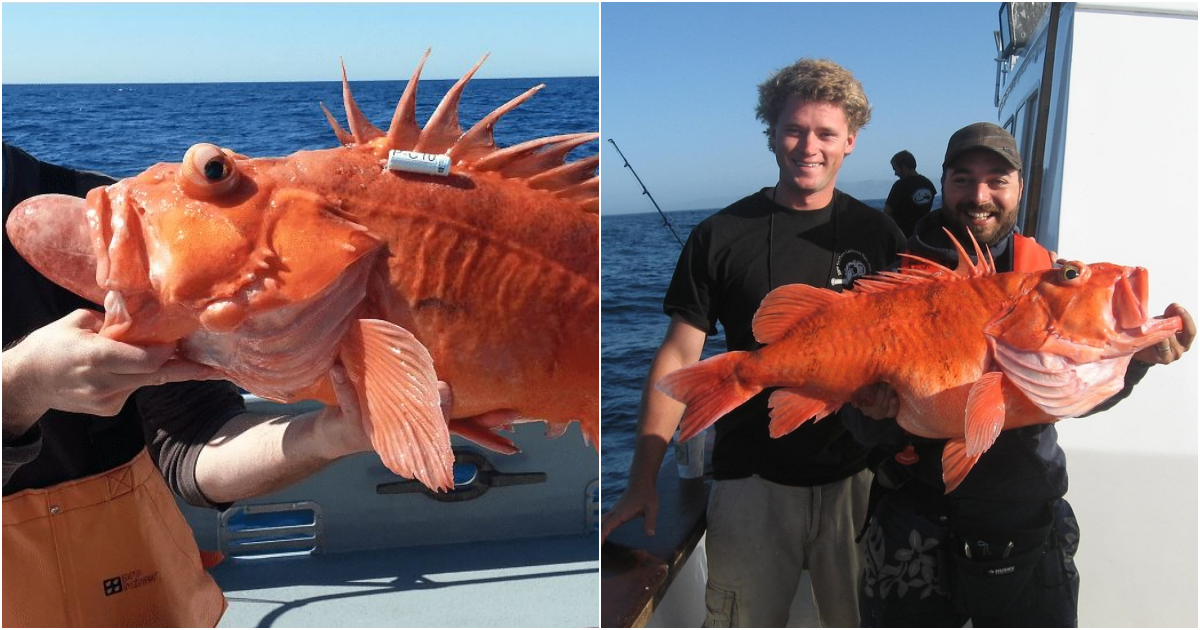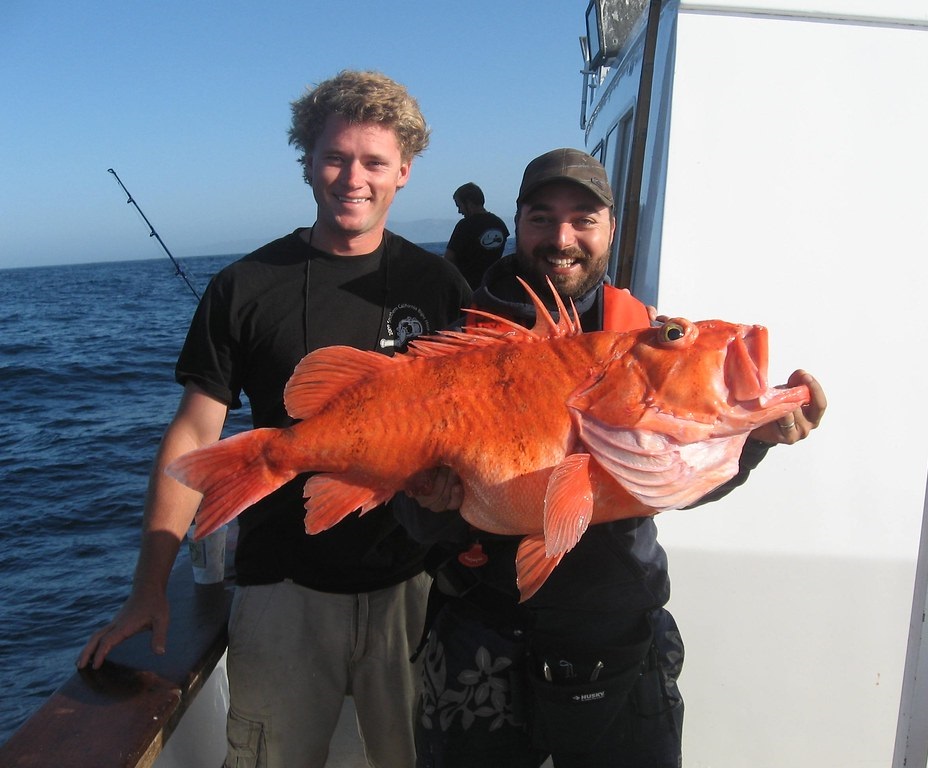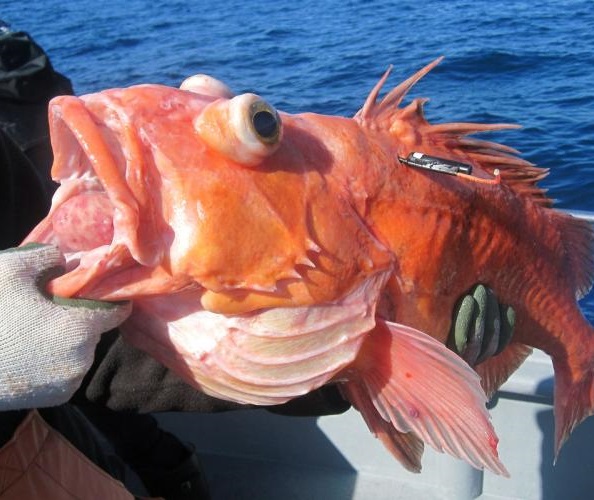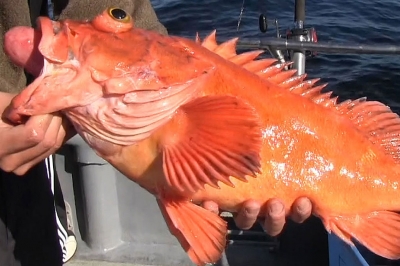The Enchanting Yelloweye Rockfish: A Striking Species in Need of Conservation

The yelloweye rockfish, known scientifically as Sebastes ruberrimus, is a species that belongs to the Sebastidae family. This captivating marine creature is renowned for its vibrant colors, distinctive physical characteristics, and ecological importance. In this article, we delve into the mesmerizing world of the yelloweye rockfish and highlight the urgent need for conservation efforts to protect this remarkable species.
Yelloweye rockfish are known for their striking appearance, featuring a robust body with large, bulging eyes and a relatively large mouth. As the name suggests, their eyes exhibit a vibrant yellow color, beautifully contrasting with their reddish-orange to dark red body. These fish can grow to considerable sizes, reaching lengths of up to 91 centimeters (36 inches) and weighing over 18 kilograms (40 pounds). Notably, these long-lived fish have been known to live up to 120 years, making them one of the longest-lived fish species in the world.
Primarily found along the coastal waters of the northeastern Pacific Ocean, ranging from Alaska to Baja California, Mexico, yelloweye rockfish are commonly seen near rocky reefs, kelp forests, and other underwater structures. They prefer depths between 30 to 250 meters (100 to 820 feet), although they can occasionally be found in shallower or deeper waters.
Yelloweye rockfish play a vital role in marine ecosystems. As a predatory species, they help control the populations of smaller fish and invertebrates, contributing to the overall balance of the food chain. Their diet primarily consists of crustaceans, fish, and cephalopods. Additionally, they serve as a crucial food source for larger marine predators, such as sharks, seals, and sea lions.

The yelloweye rockfish is currently listed as a species of concern or endangered in many regions due to overfishing and habitat degradation. Their slow growth rate, late maturation, and long lifespan make them particularly vulnerable to fishing pressures. To protect and restore their populations, several conservation measures, including fishing regulations and marine protected areas, have been implemented.
Yelloweye rockfish are highly valued by commercial and recreational fishermen for their firm, flavorful flesh, making them desirable targets for both subsistence and sport fishing. However, due to their conservation status, strict fishing regulations and size limits are in place to ensure sustainable harvesting practices.
The primary threats to yelloweye rockfish populations include overfishing, habitat destruction, and incidental catch in fisheries targeting other species. To conserve and protect this species, various initiatives have been undertaken, including the establishment of marine protected areas, implementing catch limits and size restrictions, and promoting sustainable fishing practices.






